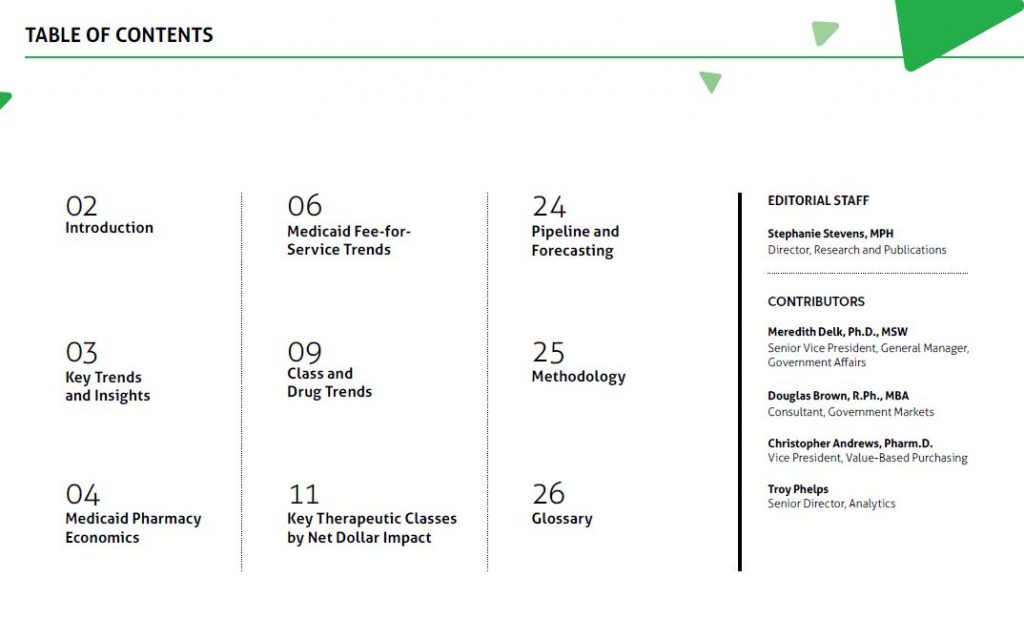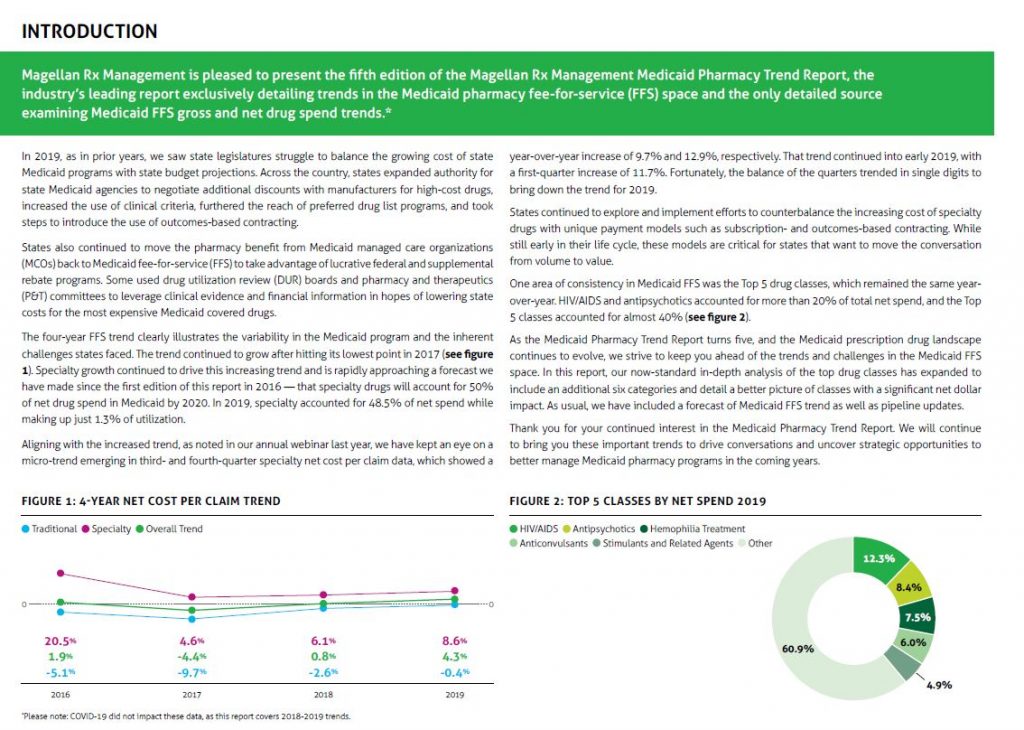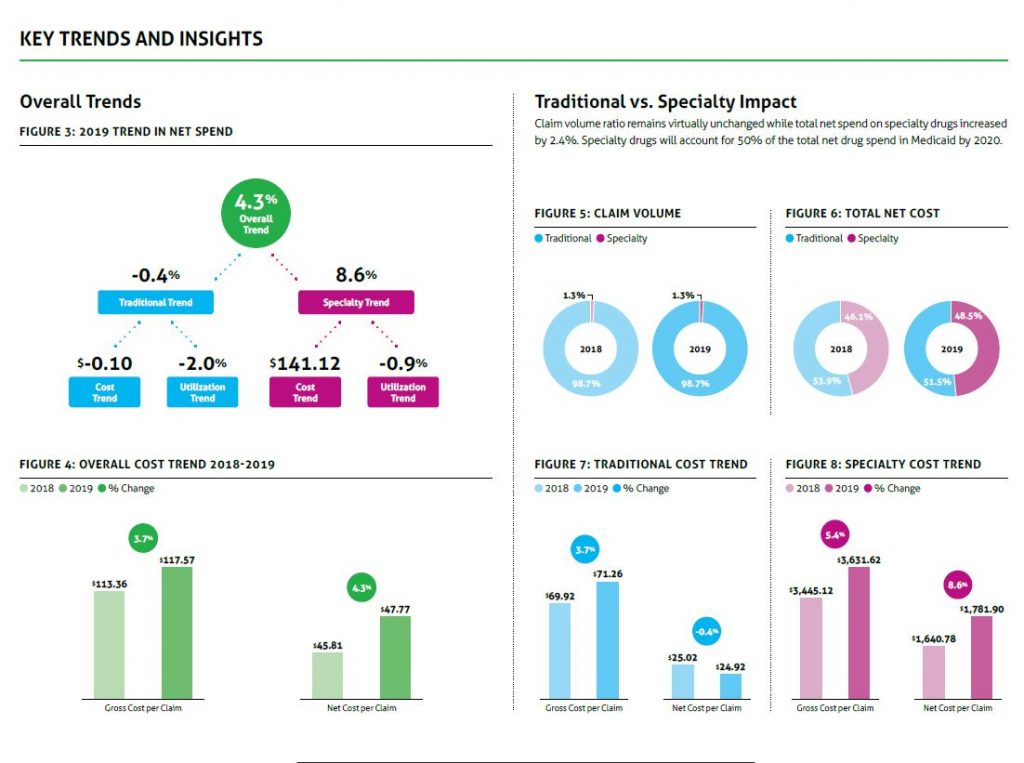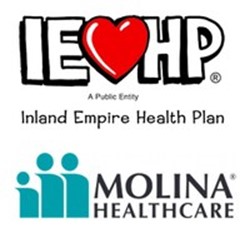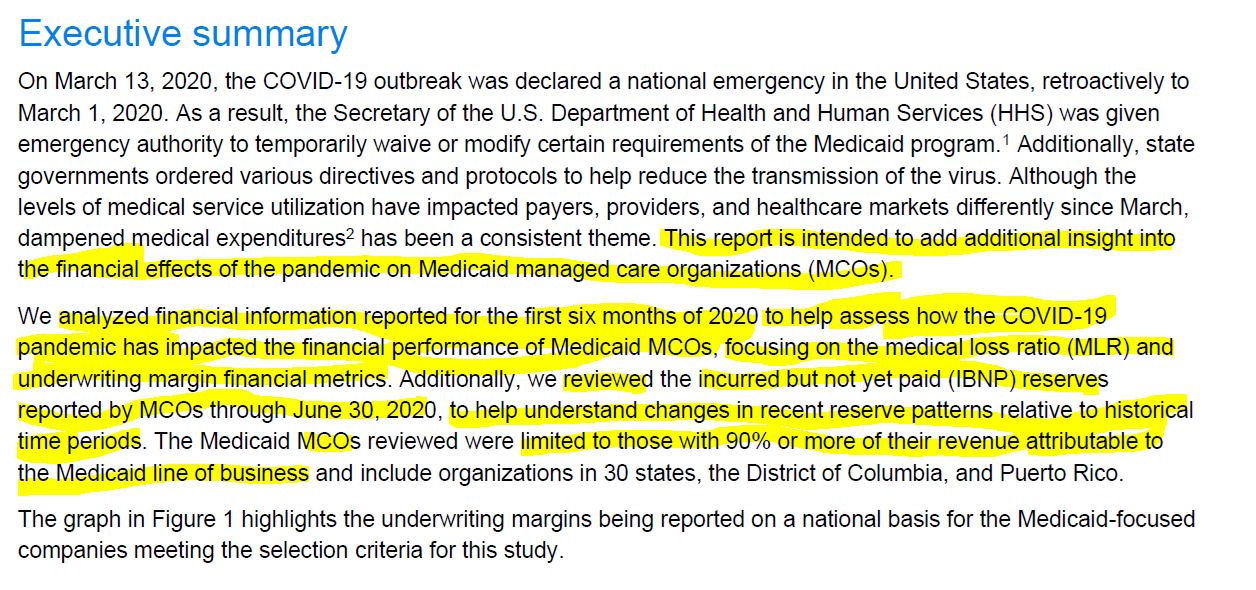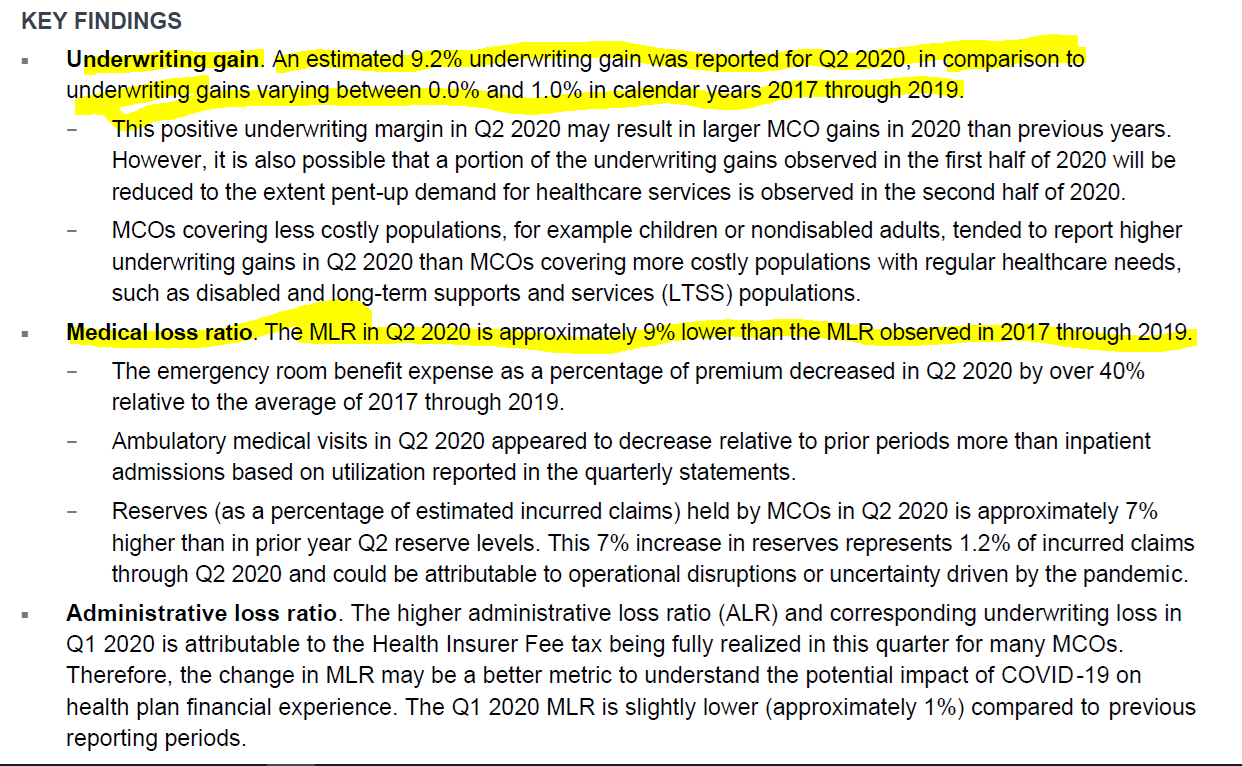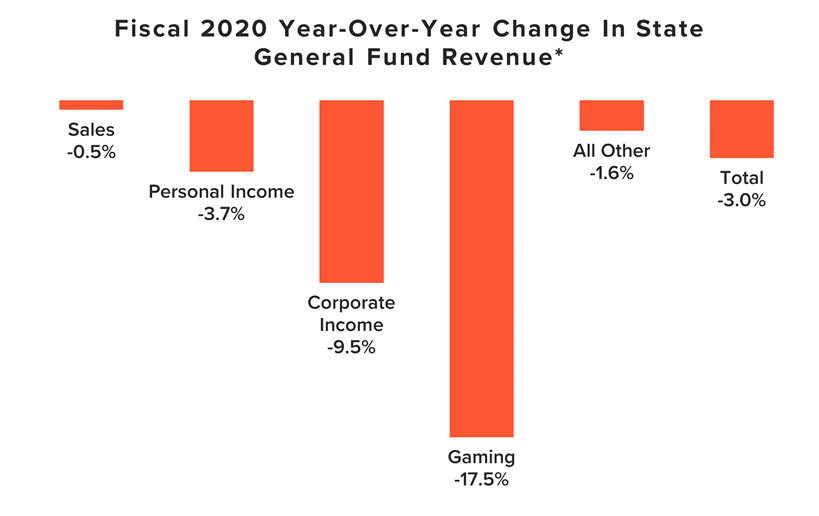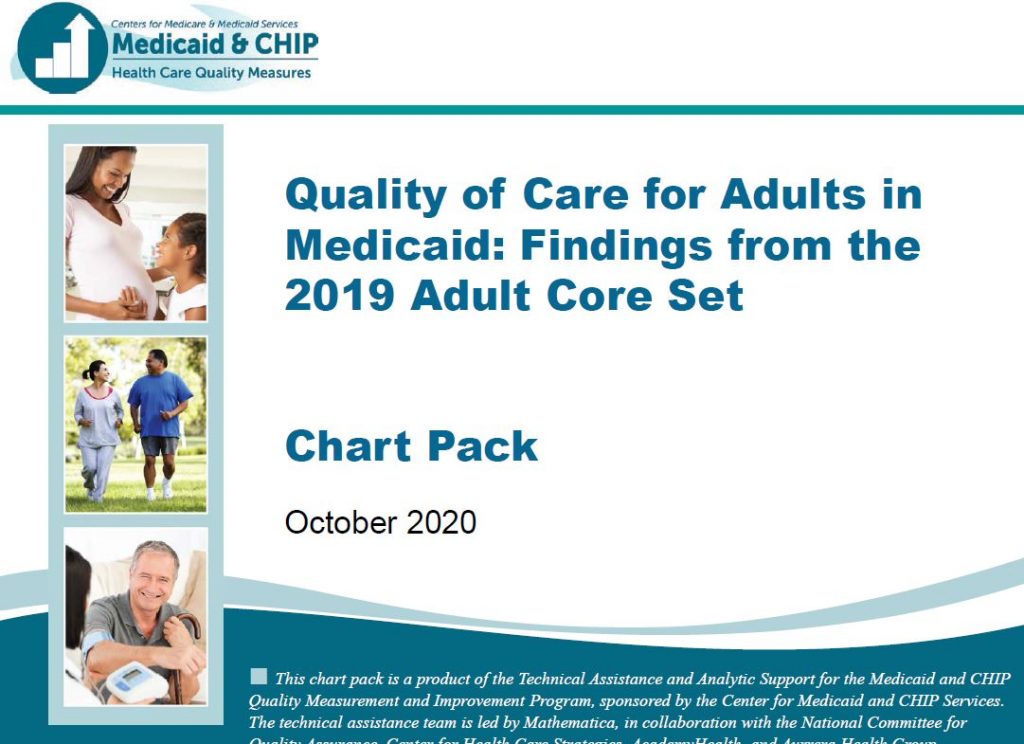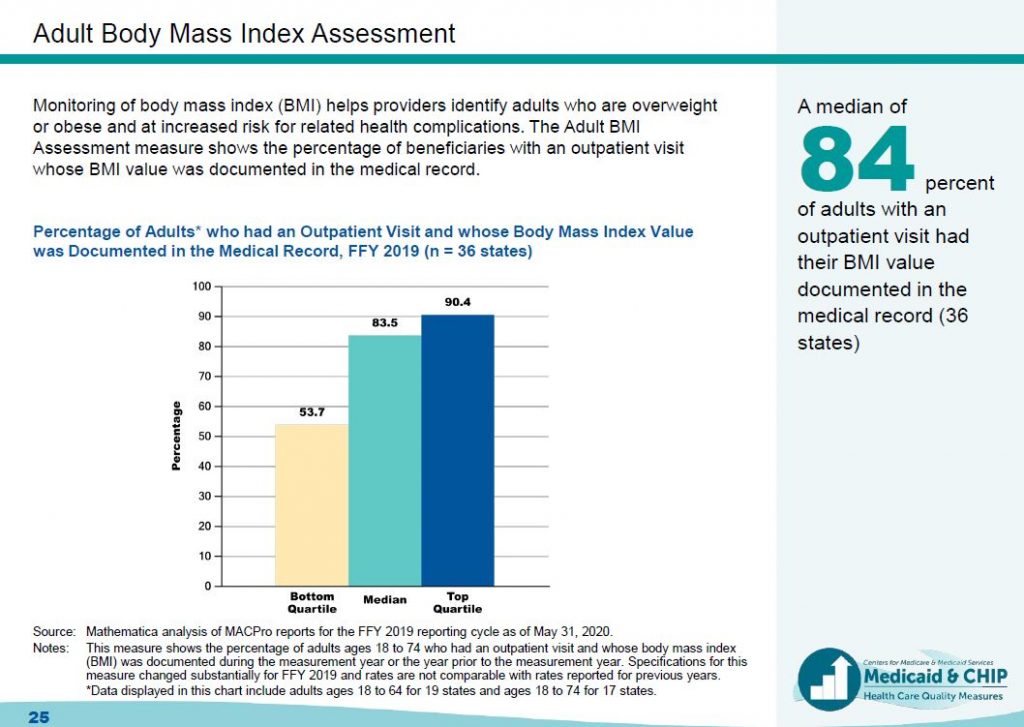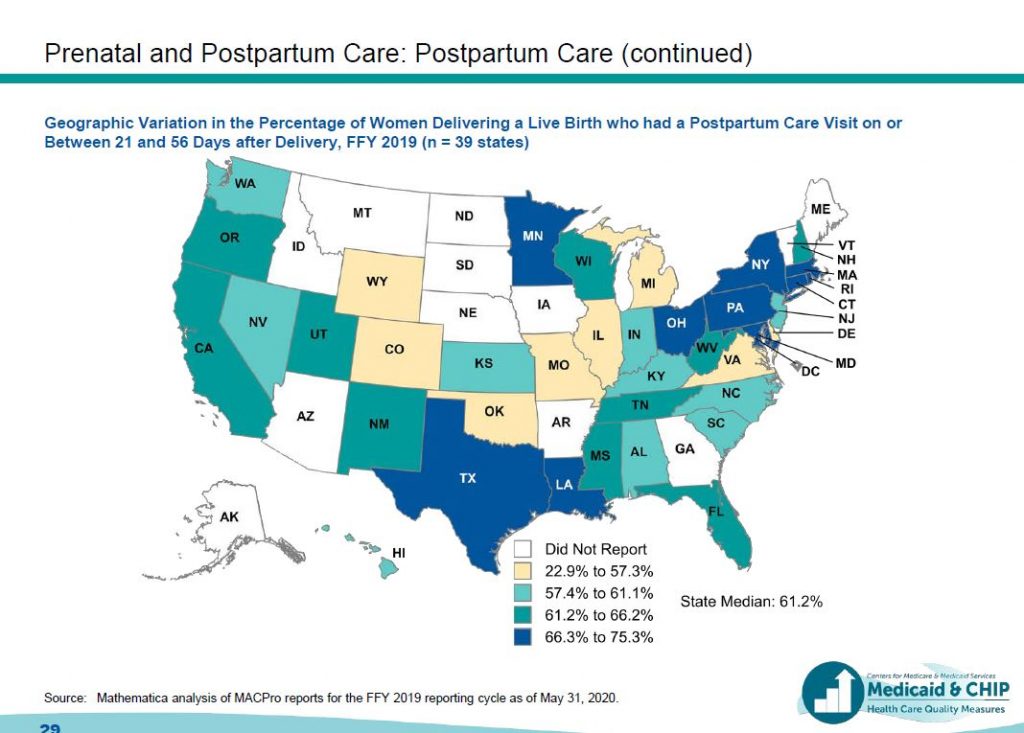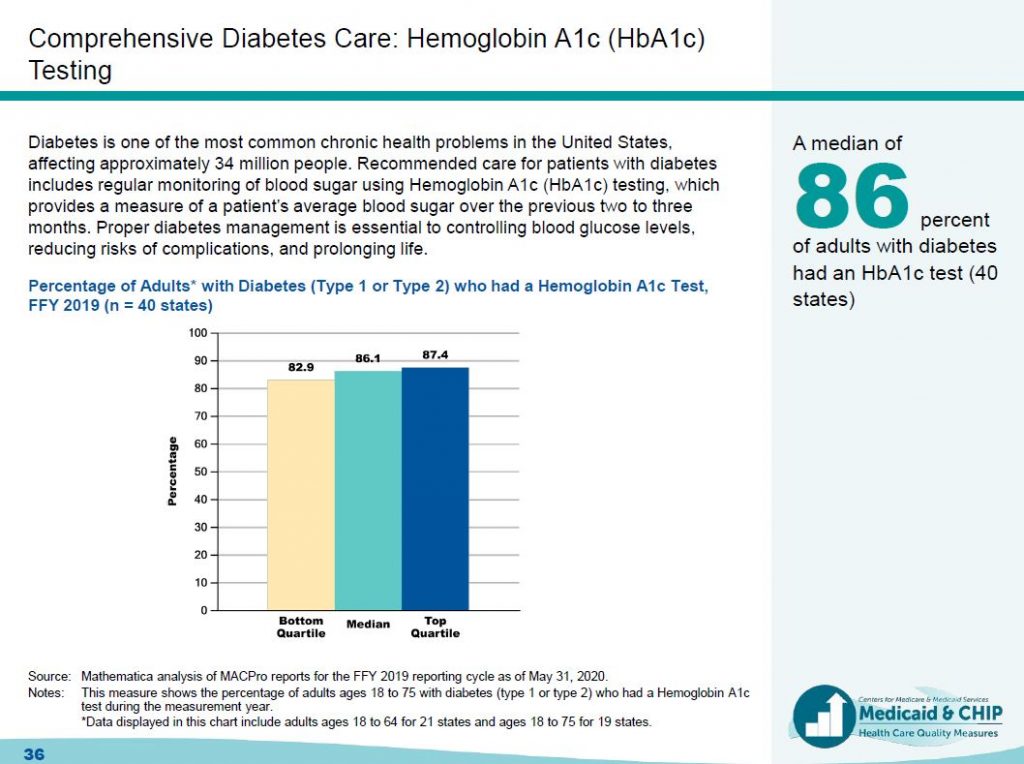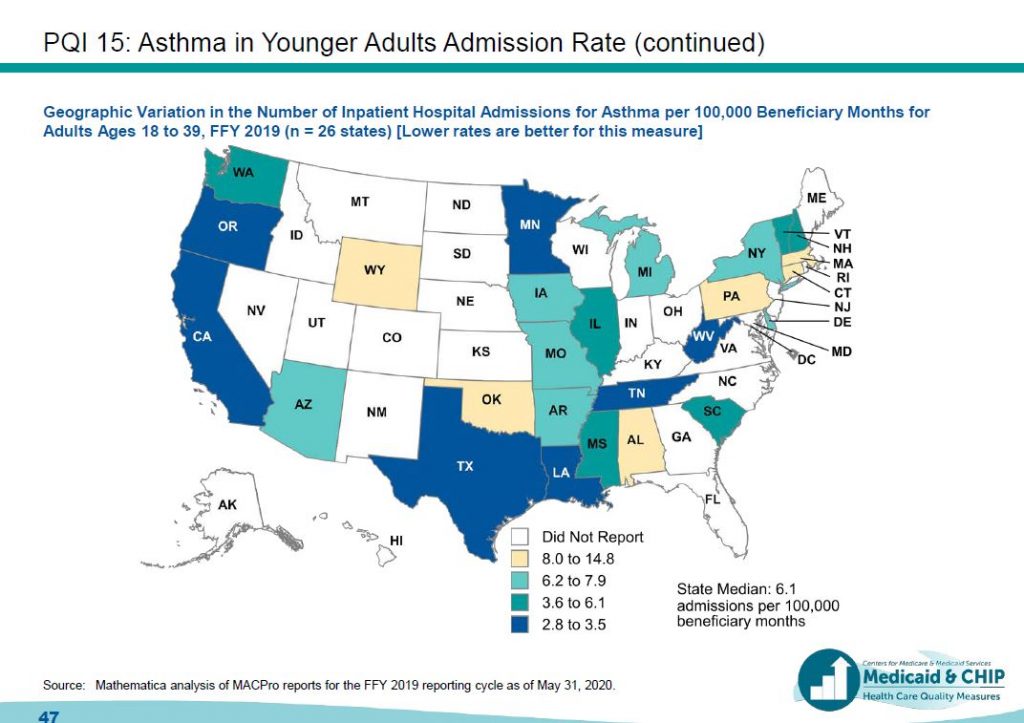Curator, Managed care, News Roundtable Show
Clipped from: https://hbr.org/2020/11/how-the-biden-administration-can-make-a-public-option-work
The article below has been highlighted and summarized by our research team. It is provided here for member convenience as part of our Curator service.
Curator summary
A coupla researchers at HBR think Medicaid can be “easily folded in” to national, standardized Public Option (whose main feature is prepaid managed care).
The incoming Biden administration is expected to expand access to health care insurance coverage in the United States by adding “a public option.” In this article, the authors argue that it should be based on Medicare Advantage plans, which would accelerate the movement away from fee-for-service care to capitated payment tied to the quality of outcomes and patient satisfaction.
Under a plan proposed by President-elect Joe Biden’s camp, Obamacare would be expanded to include a “public option” health plan. Anyone without insurance could be automatically enrolled. In addition, people younger than 65 could obtain affordable coverage. Employers that decide not to offer employer-sponsored health plans could enroll their employees in the public option plan for a significantly smaller percentage of their employee salary cost (somewhere around 20%).
Rather than creating a new vehicle, we suggest a public-private option that we call the Better Care Plan (BCP), which would use as a model existing Medicare Advantage plans that provide Medicare benefits, including inpatient and outpatient coverage through a private sector health insurer. More than one-third of Medicare enrollees choose these plans today, and their satisfaction is very high.
The advantages of this approach are many, but one of the most important is to relieve the health care delivery industry of its addiction to fee for service — a payment system that encourages more visits, procedures, and services than are necessary, resulting in poor quality and high cost: in other words, low-value care. We propose a “capitated payment,” which, like Medicare Advantage plans, would prepay providers a fixed, risk-adjusted payment to care for all patients enrolled in it. This change in incentive would stop the pay-for-volume system and replace it with care for health outcomes. Under the present system, full hospitals mean higher revenue. If pay were tied to keeping people healthy, hospitals would become cost centers and the focus would be on avoiding hospitalization by better managing chronic disease.
In addition, upfront payment would encourage the development of new care models such as “hospital at home” operations like Atrius’s Care in Place and the independent Medically Home. This model allows for as many as 30% of patients who would have been hospitalized to be managed at home, reducing the cost of care by as much as 30%.
In a prepayment world, any care model that improves quality and reduces cost would be embraced much more quickly than has been the case with fee for service. Take telemedicine: clinicians seeing patients via video links. This technology has been available for more than a decade, but until insurers began to pay for virtual visits due to Covid-19, its use languished.
A third major advantage of BCP is it would provide a predictable revenue stream for providers. During the pandemic, hospitals and physician organizations across the United States have lost billions of dollars for two reasons: The amount they have been paid for their care of critically ill Covid-19 patients hasn’t covered its costs, and the postponement of elective surgeries has drastically reduced their revenues. In contrast, those provider organizations operating with upfront negotiated budgets have largely maintained their financial viability. What is more, they have been able to redeploy resources to focus on early detection and treatment of Covid-19 patients, helping them to manage the surges.
The following evidence suggests that the Better Care Plan would be better from a cost and quality standpoint than fee-for-service approaches:
- Despite having a higher proportion of clinical and social risk factors, Medicare Advantage beneficiaries with chronic conditions experienced lower utilization of high-cost services, comparable average costs, and better outcomes.
- Medicare Advantage enrollees with chronic conditions who were eligible for Medicare and Medicaid had better patient outcomes and lower costs compared to traditional fee-for-service Medicare members.
- Humana recently reported that the medical cost of caring for seniors enrolled in its Medicare Advantage plans that have value-based payment contracts with physicians were 19% lower than those in traditional fee-for-service Medicare. Overall, the patients in its Medicare Advantage plans spent 211,000 fewer days in the hospital per year and had 10.3% fewer emergency department visits per year than Humana Medicare Advantage members receiving care from physicians in the traditional models.
- Critics of Medicare Advantage plans claim that their better performance is the result of their cherry-picking the healthiest patients, but evidence suggests this is not the case.
- Overall, the costs per patient in Medicare Advantage plans are about 40% less than fee-for-service Medicare. As a result, Medicare Advantage plan premiums are expected to decline about 11% in 2021.
We suggest the following six steps for implementing the BCP:
1. Develop standardized benefits packages. They could be similar to the Affordable Care Act’s (ACA’s) tiered set of benefit plans (bronze, silver, gold, and platinum), which would offer a range of premium and out-of-pocket-expense options. For example, the uninsured would qualify and be automatically enrolled in the equivalent of the ACA’s silver plan with low premiums and deductibles. Any out-of-pocket expense would be based on income and could be zero at certain income levels. Subsidies would be provided to limit out-of-pocket spending to 8.5% of a person’s income, which is much less than many Americans on Medicare pay today. The plans could be offered through the various existing federal or state exchanges established by the ACA or by employers through newly created private exchanges.
2. Fold Medicaid into the BCP. Many Medicaid programs today have contracts with insurers that offer Medicare Advantage plans. These plans could be easily converted to the BCP and designed to meet the needs of current Medicaid enrollees. Uniform base-eligibility rules for Medicaid enrollees could be established at some percentage (e.g., 150%) of the federal poverty level. States could increase this threshold if they deemed that necessary and could decide which BCPs to offer to Medicaid enrollees.
3. Negotiate the prepaid health budgets. One of the most difficult problems will be establishing the baseline monthly per-member payment rates to health systems. There have been several ideas floated on how to do this, but the experience in states that are offering a public option suggests that initial payments to hospitals may need to be 1.5 to 2 times the current Medicare rates or higher.
The negotiated budgets would need to consider the wide national differences in current payments to providers by Medicare, Medicaid, and commercial insurers. With a consistent and predictable cash flow not dependent on volume of care, hospitals and physician organizations would have strong incentives to redesign care to provide better value. There would be incentives to utilize staff at the highest level of their license, which would result in major productivity improvements in care delivery. The focus would be on delivering the highest quality, lowest cost care — as opposed to filling hospital beds or doing unnecessary procedures.
4. Give employers an opportunity to provide a BCP option. Employers that decide to participate would pay into a risk pool, which would cover their entire employee population. We believe that the fee would be approximately 20% of employee salary cost, which is lower than the 25% to 35% that most employers pay today. This would allow employers to access multiple competing BCPs. They still would have control over which plans were offered to their employees through the public or private exchanges of their choice. The difference is they wouldn’t be negotiating the rates with insurers every year; these rates would be established by a commission of government and private sector representatives.
5. Focus on disparities. The BCP would enroll many of the uninsured in the African American, Hispanic, Native American, and other underrepresented communities. Payments between insurers and health systems would be risk-adjusted by age, sex, and selected clinical indicators, reflecting a person’s health status. But risk adjustment should also include social determinants of health, which could be represented by the deprivation index. This would provide health systems with incentives to redesign their care model, which might include better outreach utilizing pharmacists and home care agencies to proactively address chronic diseases in the underserved population. There would be a reason to develop better integration of primary care with existing public health and mental health services and community resources such as food pantries and religious institutions. Finally, we would think about access differently, utilizing care navigators, nontraditional avenues for education — for example, hairdressers have been shown to be trusted to give advice about breast cancer screening.
6. Promote competition to improve quality and lowers cost. Insurers who chose to offer BCPs would be required to annually provide transparent and uniform cost, utilization, quality, and patient experience data to the public. The BCPs would compete on the basis of this performance information. The existing Medicare Advantage NCQA star ratings, which measure the quality of the various plans, would be expanded, utilizing more health outcomes measures such as complications from chronic disease or from elective procedures such as heart surgery.
Medicare Advantage plans have more narrow or “selective” networks of providers than traditional fee-for-service Medicare. Providers are chosen based on cost and quality, which critics argue means less consumer choice. But as discussed above, the quality of the health care obtained via Medicare Advantage is better and the costs much lower, and Medicare members are highly satisfied with plans. However, in rural areas, where providers are scarce, BCP plans may need to share providers or allow patients to travel outside of network without penalty. As virtual medical delivery continues to change, expanding broadband service to rural areas where providers are scarce will be important.
Ultimately, the United States must improve the quality and lower the cost of care delivery. The Better Care Plan’s competitive approach may be the best way to create agreement among the many disparate stakeholders in the health care system and address many of the coverage and access problems that exist today. The track record of Medicare Advantage plans proves it could work.

